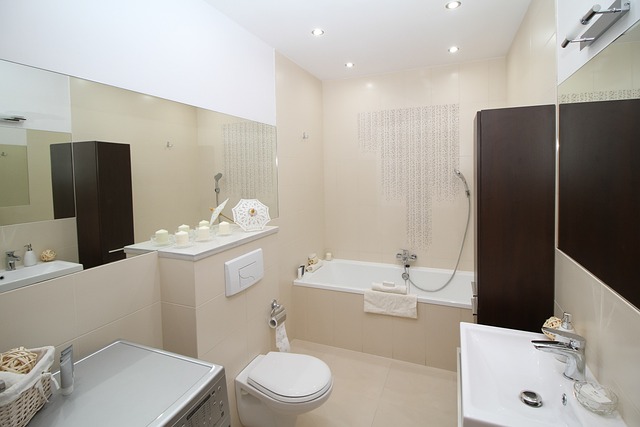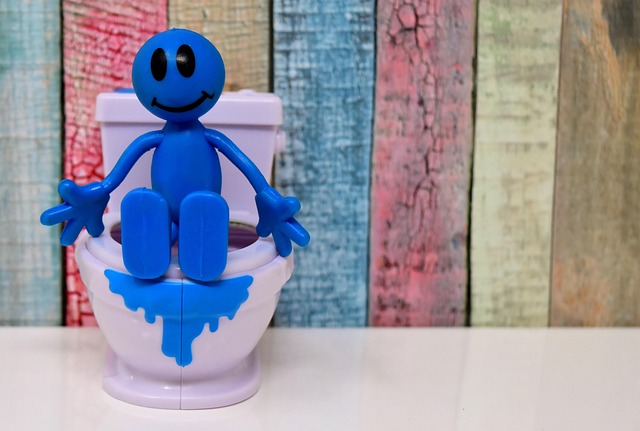Homeowners often face the challenge of a running toilet, wasting water and increasing bills. Regular inspections are key to identifying common issues like leaky flappers or faulty fill valves. By understanding the causes—including faulty parts or incorrect float levels—and using DIY methods or professional tools, homeowners can easily resolve this problem with "How to Stop a Running Toilet" strategies, saving water and money.
Running toilets can be a constant nuisance, wasting water and disrupting your daily routine. But fear not! This comprehensive guide will teach you how to stop a running toilet once and for all. We’ll break down the problem areas—from flappers to fill valves—and provide step-by-step fixes to get your toilet back in order. Learn preventive maintenance tips to keep it from reoccurring and say goodbye to those pesky, constant flows.
- Identifying the Problem: Why Your Toilet Keeps Running
- – Understanding a running toilet: what it is and common causes
- – Diagnosing the issue: checking for leaks, constant water flow, and pressure problems
Identifying the Problem: Why Your Toilet Keeps Running

Many homeowners face the frustrating issue of a running toilet, which can waste precious water and increase your utility bills. Understanding why your toilet keeps running is the first step to fixing the problem. Often, it’s a simple fix like a leaky flapper or a faulty fill valve causing the continuous flow of water. The flapper, a small seal that covers the hole in the tank, may have worn out over time, allowing water to escape and keep the toilet running. Alternatively, the fill valve, responsible for refilling the tank after each flush, could be defective, leading to an endless cycle of filling.
By regularly inspecting your toilet’s components, you can identify these issues early on. Keep an eye out for persistent water sounds even when the toilet isn’t in use, which is a clear sign of a running problem. With simple DIY tools and a bit of knowledge about How to Stop a Running Toilet, you can easily fix these common issues and restore your toilet’s efficiency.
– Understanding a running toilet: what it is and common causes

A running toilet, also known as a continuous flow or persistent leak, is a common plumbing issue characterized by an unceasing stream of water from the toilet bowl even when it’s not in use. This problem can lead to significant waste of water and higher utility bills. Understanding what causes this is the first step towards fixing it.
Common causes include a faulty flapper valve that fails to seal properly, allowing water to bypass the tank into the bowl; a worn-out fill valve that continuously sends water into the tank; or an incorrect float level in the tank leading to overfilling and subsequent leakage. Learning how to stop a running toilet involves identifying the specific issue through observation and possibly testing, then using simple DIY methods or professional repair tools to address each problem.
– Diagnosing the issue: checking for leaks, constant water flow, and pressure problems

Diagnosing a running toilet involves identifying key indicators that point to specific issues within the plumbing system. Start by checking for any visible leaks around the base of the toilet or at connections. Leaks can often be addressed with simple repairs like tightening connections or replacing worn-out seals.
Next, observe if water continues to flow even when the flush handle is not activated. This constant water flow suggests a problem with either the flapper valve, which controls the water level in the tank, or the fill valve responsible for refilling the tank after each flush. Additionally, measure the water pressure; low pressure can lead to inadequate flushing, causing the toilet to run continuously to compensate.
Running toilets can be annoying and waste precious water, but fixing them is easier than you think. By understanding common issues like flapper leaks, fill valve malfunctions, and pressure problems, you can quickly diagnose and resolve the problem using simple DIY techniques. Follow our step-by-step guide to stop the constant flow and save money on your water bill. With a bit of know-how, you’ll be well on your way to having a reliable, non-running toilet in no time.
